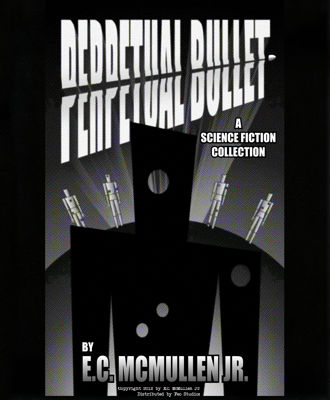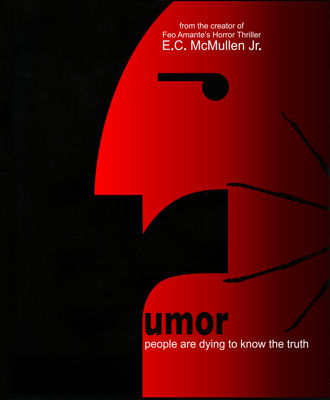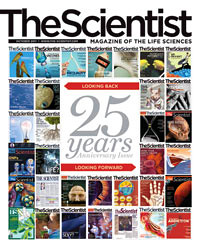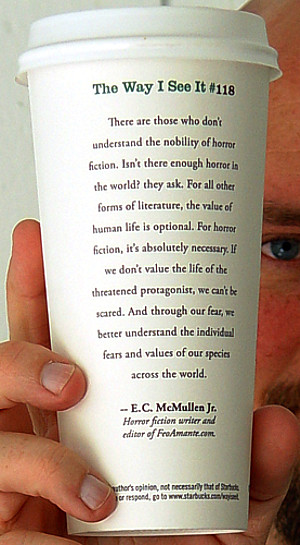 |
 |
THE SCIENCE MOMENT by Kelly Parks and E.C. McMullen Jr. |
 |
|

USA Release: April 8, 1977 The Canadian Film Development Corporation (CFDC) / Cinema Entertainment Enterprises Ltd. / Famous Players Film Company / The Dilbar Syndicate Rated: Australia, USA: R / Finland: K-18 / Ireland, Norway, UK: 18 / Sweden: 15 |
||||
RABID
 SCIENCE MOMENT BY KELLY PARKS |
There's a Gahan Wilson cartoon that shows the gated entrance to the lair of a mad scientist. Next to the gate is a big sign that says, “Trespassers will be experimented upon!”
The good doctors of the Keloid clinic must have gone to the mad scientist medical school if they think it's legal to perform experimental surgery on unfortunate accident victims, even if they are using stem cells.
Yes, stem cells!

Well, they didn't call them stem cells but that is what they were describing when they took a piece of skin from Marilyn Chambers' leg and sent it away to a lab to be grown into more skin and any other body parts she might need.1
Now exactly what went wrong when they did that, I couldn't comment on because the movie never explains. I get the impression the intention was these magic cells "knew" she needed blood so it grew her a blood stealing needle thingie (pardon the technical jargon) in her armpit. But why that causes rabies is never explained.
 SCIENCE MOMENT BY E.C. McMULLEN JR. |
1Nope. That's not how lab grown skin works.
In fact, tissue growth in the lab, first realized in 1910, had nothing to do with stem cells and still doesn't to this day.
For David Cronenberg's RABID, in the 1970s, medical science wasn't looking at finding stem cells and teasing them into skin cells. Researchers were looking at making a patch of skin somehow stay alive long enough to grow literal acres of skin, by regenerating itself in the lab, as if it was still attached to the person. Growing human cells in the lab has been going on since before Molecular Biologist Francis Crick and Zoology Doctor James Watson announced their discovery of twin double helix DNA in 1953, thanks to the significant contributions of Chemical Physicist Doctor Linus Pauling, Nuclear and Biological Physicist Maurice Wilkins, and Research Chemist, Doctor Rosalind Franklin (only three of the five would jointly share the Nobel Prize for this discovery).
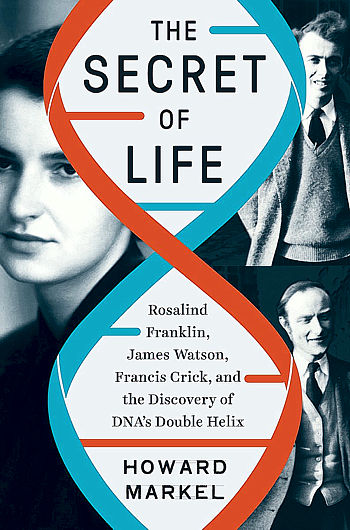
Even among scientists - maybe especially among scientists -
everybody wants the credit and nobody wants to share it.
Swiss Physician turned chemist and biologist, Friedrich Miescher, was the first to isolate and identify nucleic acid in 1869.
In 1909, another physician turned chemist, Russian born Phoebus Aaron Theodore Levene, along with Walter Abraham Jacobs, further isolated and identified the compenents of DNA and RNA.
Still, scientists didn't understand that DNA and RNA were the building blocks of everything our bodies are. That was nearly 50 years away.
In 1910, Ross Harrison of Yale discovered a method of growing living tissue from cells. Stem cell knowledge didn't exist at the time, as Stem Cells were first discovered in white mice in 1950, thanks largely to Canadian biologists Ernest McCulloch and James Till. Ross created the "Hanging Drop" technique of growing living cells into tissue in vitro (artificially outside the living body).
Jonas Salk was using lab grown human cells to test his Polio vaccine, which was released the same year. Growing human skin cells by the sheet became a viable reality in the early 1980s, though it wasn't approved by the FDA until much later.
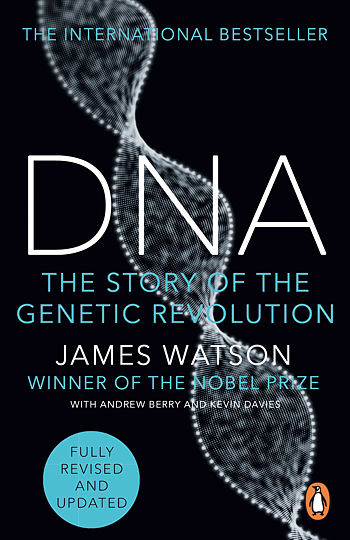
Want to learn more about the historical discoveries of DNA?
YOU DAMN RIGHT YOU DO!
So buy the book or hit the library!
Your skin is one of your body's most complex organs. Human flesh grown in the lab is a two-fold process.
First technicians use the patient's own healthy skin to grow fibroblasts over an artificial structure that works as a scaffold. Fibroblasts migrate from the healthy skin cells to create new skin cells in the same way they work every single day to repair damage to your skin, both large and minute. When the doctor stitches you up, you rely on your body secreting fibroblasts to create new skin that fills in the wound. Severely burnt or damaged skin cannot create fibroblasts to repair an injury.

Prefer your Science history in small bites?
YOU GOT IT!
Buy or Borrow Bill Bryson's: A Short History of Nearly Everything
Wait. Wait. Wait. Fibro Blasts?**
**Fibroblasts is/are a type of cell secretion from the organ, in this case your skin (Type I collagen), that is made up of Collagen and the extracellular matrix of the surrounding tissue. All of your organs secret their own unique fibroblasts in healing and it's the surrounding extracellular matrix that determines whether the new cells will be - for example - skin or liver cells. In broad strokes (because I'm not about to give you a full semester of this and you're probably not that damn interested.) the extracellular matrix chemically "senses" what needs to be done, using the interstitial matrix and the basement membrane of the surrounding tissue, to create more skin.
Second, as the fibroblasts grow over the artificial scaffolding (created by a combination of sugars and specific bovine collagen^), they reject the artificial scaffold and break it down while replacing it with their own scaffold.
Growing skin in the lab doesn't use stem cell technology, in the medical sense of isolating undifferentiated stem cells and "teasing" them into skin, it simply regenerates itself.
^The artificial scaffold used in this process is called by its proprietary name, Integra®.
Today in the new millennium we would be talking about the latest experimental techniques using stem cells as a potentially better way to regrow skin. But that's not the way tens of thousands of plastic surgeons have been doing it for the last 45 plus years. And that certainly covers the 1970s when RABID was made.
Want to know more?
Damn Straight You Do!
FoMo Info,
NIH.gov/FactSheet/ArtificialSkin
Copyright 2007 E.C.McMullen Jr.

|
| GET COVERED | |
| FEO AMANTE'S HORROR THRILLER Created by: E.C.McMullen Jr. COME FOLLOW ME @ |
| Amazon |
| ECMJr |
| Feo Blog |
| IMDb |
| Stage32 |
| X |
| YouTube |
| Zazzle Shop |
